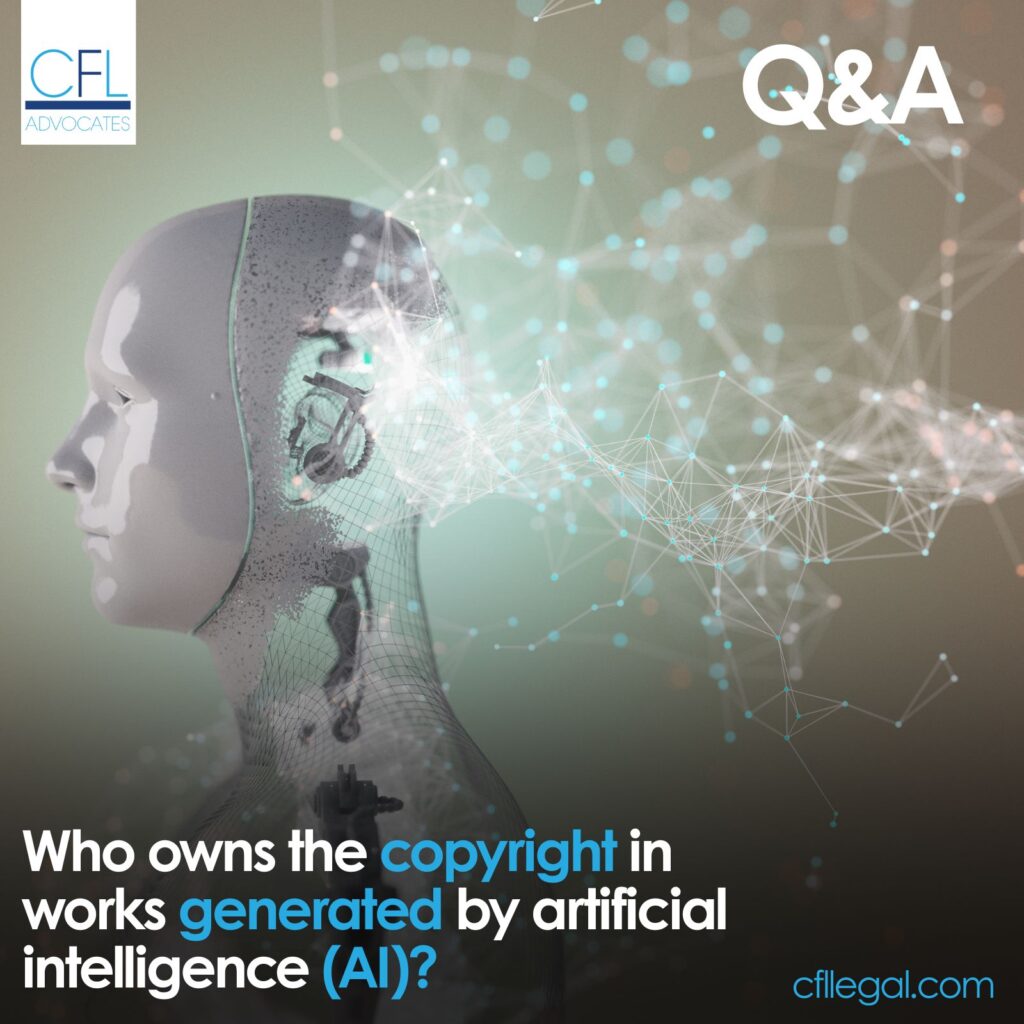
AI-generated content is content created with the assistance of artificial intelligence (AI) technology. Work is “AI-generated” when machine learning algorithms, trained on extensive datasets of human-written material, produce text, images, or video that mimic human style and tone.
AI is capable of producing articles, blog posts, and social media captions that closely resemble human writing.
The main types and applications of AI-generated content
AI-generated content can have various forms here are some examples;
- Text Generation
This is the most common application of AI generated content where the AI algorithms can produce articles, blog posts, social media captions, and other written content that closely mimics human writing.
- Video Generation
The AI clip maker tools can automate the video creation process by combining text, images, and audio elements.
- Image Generation
The AI image prompts can produce unique and visually appealing designs for logos, graphics, illustrations, and other visual content.
Owning copyright in an AI-generated work
Copyright is granted to authors. So, what happens to work that has no human author? Most legal systems still treat AI as a tool, not a creator, so humans or companies usually get the rights to AI-generated work.
The legal landscape: Kenya, U.S., China, UK, and Ireland Copyright Laws
Kenyan authorities consider human input and creative control as the essentials for copyright ownership in AI-generated works. Aryeh Movement Limited v. Cynthia Beldina Akoth Okello (COPTA/E001/2025) In this landmark decision by Kenya’s Copyright Tribunal, the central issue was who owns the copyright in works generated by AI. The Tribunal held that AI systems cannot be considered authors under Kenyan copyright law, which requires authorship by a natural or legal person. The designer of the AI model (Stable Diffusion) was not involved in the intellectual input behind the specific artwork and had precisely disclaimed rights to its outputs.
The US authorities and courts have denied copyright for works that are purely AI-generated while protecting human-authored components, meaning prompts alone are not sufficient for authorship.
In Thaler v. Perlmutter, 130 F.4th 1039 (D.C. Cir. 2025);Dr. Stephen Thaler’s attempt to copyright an artwork created solely by his AI system, the Creativity Machine, was rejected by the U.S. Copyright Office and upheld by both the District Court and the D.C. Circuit Court. The courts ruled that the Copyright Act requires human authorship, and since the AI was listed as the sole creator, the work was ineligible. Thaler’s alternative claims—under work-for-hire and authorship-by-creation—were dismissed or waived, reinforcing that non-human entities cannot hold copyright under current U.S. law.
Chinese courts have accepted that a user’s selection of prompts and refinement of outputs can amount to human creativity eligible for copyright. In the Li Yunkai v. Liu Yuanchun, Beijing Internet Court, 2023 court ruling in November 2023, the Beijing Internet Court in China handed down a groundbreaking ruling in a copyright infringement case involving an AI-generated image. The judgment answers the important questions of (1) whether AI-generated works are protectable by copyright, and (2) if yes, who owns the copyright. The court ruled that AI models like Stable Diffusion cannot be authors or copyright owners because they are not legal or natural persons. Since the designer of Stable Diffusion did not contribute intellectual input to the specific artwork and explicitly disclaimed rights to its outputs.
UK and Ireland use a mixed approach that recognizes “computer-generated works” under existing law, but those protections are under review and may be narrowed. Section 9(3) of the UK Copyright, Designs and Patents Act 1988; For computer-generated works, the author is “the person by whom the arrangements necessary for the creation of the work are undertaken. Ireland’s copyright law mirrors the UK’s approach, recognizing computer-generated works and assigning authorship to the person making the necessary arrangements.
However, like the UK, Ireland has not yet tested these provisions extensively in court, and future reforms may follow the UK’s lead.
Role of human contribution in determining ownership
When people and AI both help create something, ownership usually goes to the person who added real creative input. Courts and experts look for clear human choices—original ideas, purposeful direction of the AI, thoughtful edits, or important decisions that shape the final result. Simply supplying data, clicking a button, or supervising the process does not usually qualify as authorship. The more a person genuinely influences the expression and makes creative judgments, the stronger their claim to ownership; weak or purely technical involvement makes it harder to claim authorship because the machine’s role then dominates.
Conclusion
As AI becomes more involved in creative processes, determining copyright ownership depends heavily on human contribution. Most legal systems do not recognize AI as an author, so rights typically go to individuals or organizations that provide meaningful creative input. Jurisdictions differ in how they treat AI-generated works, making it essential for creators and businesses to understand local laws, document human involvement, and use contracts and alternative protections to safeguard their intellectual property.
Should you require any further information, do contact us at info@cfllegal.com.


